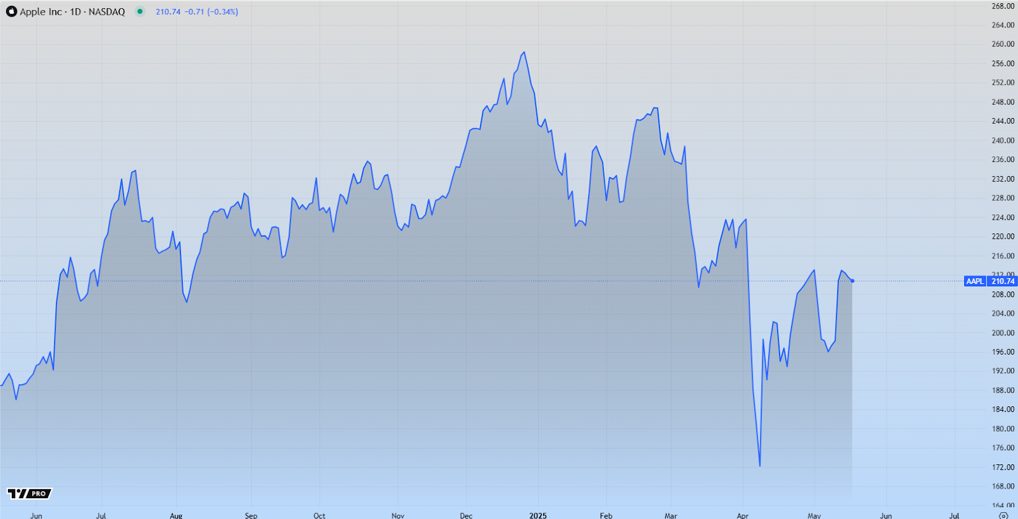In the modern age of technology and digital advancements, dematerialisation has become a prominent term in the financial world. Dematerialisation, often referred to as “demat” for short, has transformed the way we manage and trade securities. In this article, we will delve into the concept of dematerialisation, its significance in the financial landscape, and why it’s essential for both individual investors and businesses. We will also discuss the process of transferring shares from one demat account to another, shedding light on the benefits of this transformation in the securities market.
Dematerialisation: Unpacking the Concept
Dematerialisation is the process of converting physical securities, such as share certificates and bonds, into electronic or digital form. In simpler terms, it involves the transition from holding physical share certificates to maintaining securities electronically in a dematerialised account. The Depository Participants (DPs) facilitate this conversion, allowing investors to hold and manage their financial assets electronically.

Why Dematerialisation is Necessary
- Efficiency and Convenience: One of the primary reasons for dematerialisation is the efficiency and convenience it offers. Managing physical share certificates can be cumbersome, involving the storage, safekeeping, and tracking of paper documents. With dematerialisation, all securities are consolidated in an electronic format, simplifying the management process.
- Reduction in Risk: Physical share certificates are susceptible to loss, theft, and damage. Dematerialisation eliminates these risks, ensuring the safety of your investments.
- Quick and Secure Transactions: Dematerialisation facilitates swift and secure transactions, allowing investors to buy, sell, or transfer securities with ease. It eliminates the need for physical share transfer deeds, reducing the chances of fraud or errors.
- Cost Savings: Managing physical securities may incur expenses related to storage, and paperwork. Dematerialisation reduces these costs, making it a cost-effective option for investors.
- Streamlined Corporate Actions: Demat accounts simplify the process of participating in corporate actions such as dividends, bonuses, and rights issues. Shareholders receive these benefits directly in their demat accounts.
The Dematerialisation Process
The process of dematerialisation involves the following steps:
- Opening a Demat Account: To begin the dematerialisation process, individuals or businesses must open a demat account with a registered Depository Participant (DP). The DP acts as an intermediary between the investor and the depository.
- Submission of Share Certificates: Shareholders need to submit their physical share certificates to the DP for dematerialisation. These certificates are then verified and sent to the respective company’s registrar for cancellation.
- Crediting of Electronic Holdings: Once the physical certificates are cancelled, an equivalent quantity of securities is credited to the investor’s demat account. These holdings are reflected electronically.
- Securities in Electronic Form: After the dematerialisation process is complete, investors hold their securities in electronic form within their demat accounts. They receive periodic statements detailing their holdings.
Transferring shares from one demat to another is a common practice in the securities market, often required when investors change DPs or consolidate multiple demat accounts. Here’s how the offline/manual process works:
- Initiation of Transfer: The investor who wishes to transfer shares from one demat account to another must initiate the process by submitting a Delivery Instruction Slip (DIS) to the DP where the target demat account is maintained.
- Verification and Authorization: The DP verifies the DIS and authorises the transfer. This step ensures that the transfer is initiated by the legitimate account holder.
- Processing the Transfer: Once authorised, the DP initiates the transfer process. The securities are debited from the source demat account and credited to the target demat account.
- Confirmation: Both the source and target demat account holders receive confirmation of the transfer through updated demat account statements.
For online transfer of shares –
- Register your account on the NSDL or CDSL website
- Opt for ‘Speed-e’ facility on NSDL or ‘Easiest’ facility on CDSL for the transfer of shares
- Fill the form and submit the same to the website
- Take a printout of the form and submit the same to your broker
- The form is then submitted to the central depository for verification
- Your account will be activated once the broker verifies your details
You can use the login credentials received in your registered email and transfer the shares from one demat to another.
Transferring shares from one demat account to another offers several advantages:
- Consolidation: Investors can consolidate their securities holdings into a single demat account, simplifying portfolio management.
- Changing DPs: If an investor wishes to change their DP due to better service or other reasons, transferring shares allows them to maintain their holdings while switching providers.
- Family or Business Transfers: Shares can be transferred between family members or within a business entity without the need for physical share certificates, streamlining the process.
- Efficient Portfolio Management: Transferring shares helps investors optimise their portfolio and streamline their investments according to their financial goals.
Conclusion
Dematerialisation has revolutionised the way securities are managed and traded, offering investors and businesses a more efficient, secure, and cost-effective means of handling financial assets. The transition from physical share certificates to electronic form has eliminated many of the risks and inconveniences associated with traditional paper-based systems.
Moreover, the ability to transfer shares from one demat account to another enhances the flexibility and convenience of managing investments. Whether it’s consolidating holdings, changing DPs, or facilitating family and business transfers, this process streamlines portfolio management.
In conclusion, dematerialisation is not just a modern trend but a fundamental transformation in the financial world that simplifies transactions, reduces risks, and enhances the efficiency of managing securities. It is a crucial tool for investors and businesses alike, providing them with the means to adapt to the digital age of finance while ensuring the safety and security of their valuable investments.







